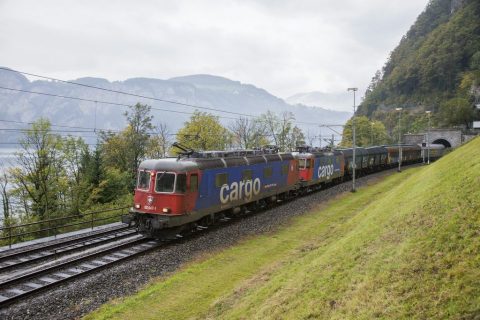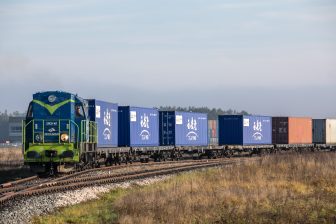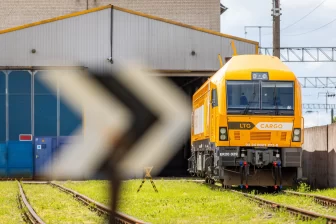
SBB Cargo outlines 2020 digital strategy
Swiss freight operator SBB Cargo is developing innovative projects as part of its parent company SBB’s ‘2020 Digital Strategy’. It ties together the freight arm’s existing strengths with the development of cutting-edge technology aimed at streamlining services better than ever before.
New services for door-to-door travel, digital stations, increases in capacity and ‘intelligent’ freight wagons are all part of a project that SBB Cargo believes will keep it at the forefront of European freight movements for years to come.
Profound change
Mobillty, it says, is undergoing ‘profound and comprehensive’ change, with new customer needs, digitalisation, new providers and regulatory developments all playing a part in how the market and business models are changing.
The strategy is the result of a series of far-reaching discussions which took place during 2015 and 2016 between SBB and its customers, employees, partners, buyers, policy makers and other stakeholders. Through its ‘Rail fit 2030’ programme, SBB wants to increase its revenues and capacity utilisation, and strengthen its management and performance culture.
Digital interlocking
It says through digitalisation, the capacity of the Swiss rail network – already most extensively used rail network in the world – can be increased by up to 30 per cent. As a result it is pushing ahead with the development of automated timetabling, train operation and train control, as well as examining the possibility of remote-controlled trains. SBB is also designing a new digital interlocking system. This reduces the quantity and variety of fuse systems, which brings significant economic savings.
SBB also uses digitisation for the maintenance of its network. A newly developed system called swissTAMP, which enables condition analysis and maintenance planning, reduces the number of faults and increases reliability and punctuality. This was recently highlighted by SBB’s Krzysztof Wilczek at the Intelligent Rail Summit event in Naples, Italy.
Freight car of the future
On the network meanwhile it is developing the ‘freight car of the future’, utlising digital innovations to equip cars with different sensors. These sensors determine temperature, vibration and position of the car while in transit, enabling SBB to be fully aware of their condition. They can communicate this to customers, giving the client the ability to know, in ‘real time’, where their goods are and whether they are arriving on time.
Describing the cars as quieter, lighter and more powerful than ever before, SBB will this year launch a four-year test phase involving 16 converted cars. The 5L-Zug comprises the five major improvements that the new goods wagon will bring: quiet, light, robust, logistical, and life-cycle-cost-oriented.
Innovative components of this pioneering work include radially adjustable wheel sets in the bogie instead of being permanently mounted. The result is reduced wear & tear and less noise, benefiting not only the traditional freight customers but people living near the railway. In addition, by the end of 2018 SBB Cargo will also have introduced automatic wagon coupling.





